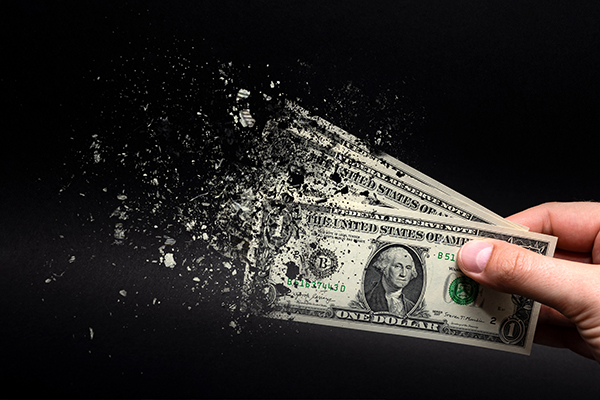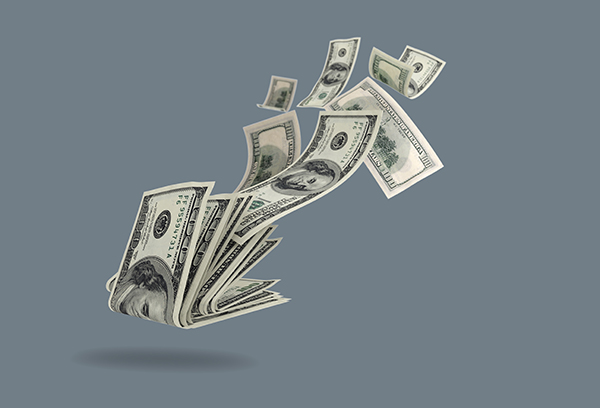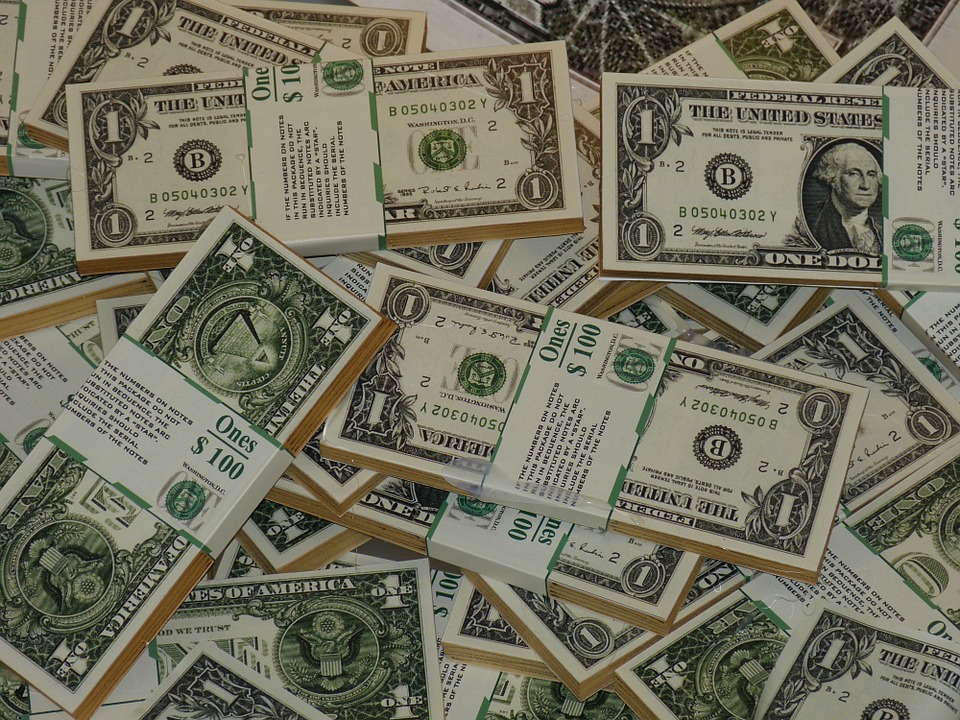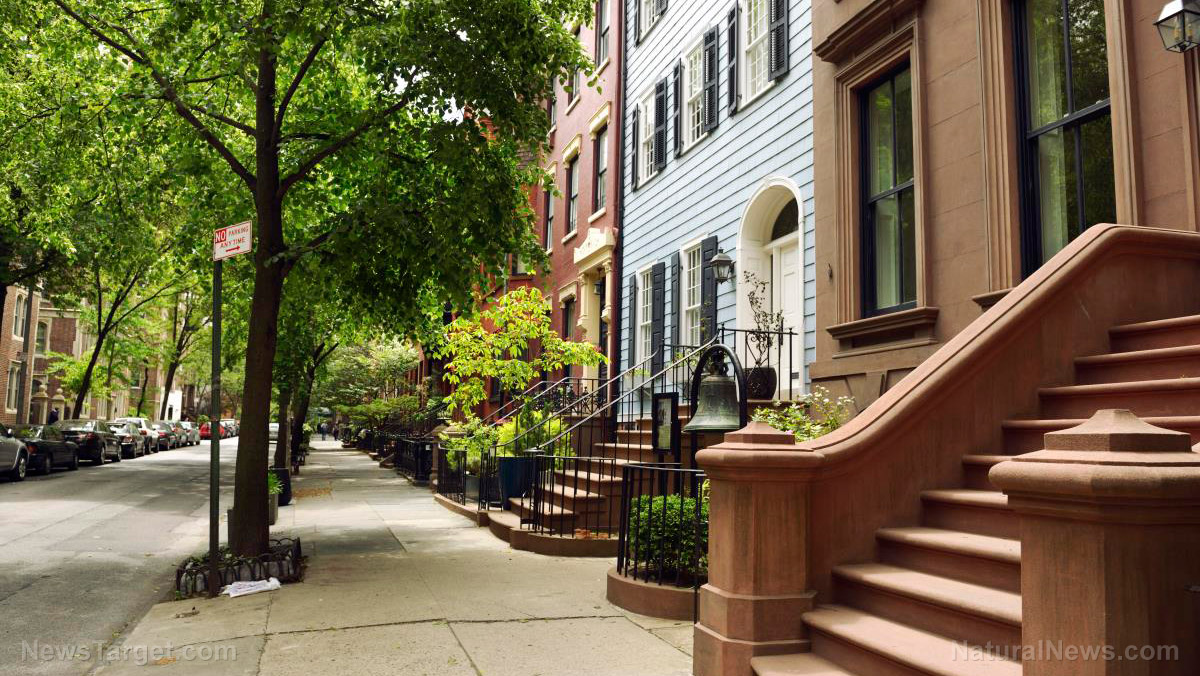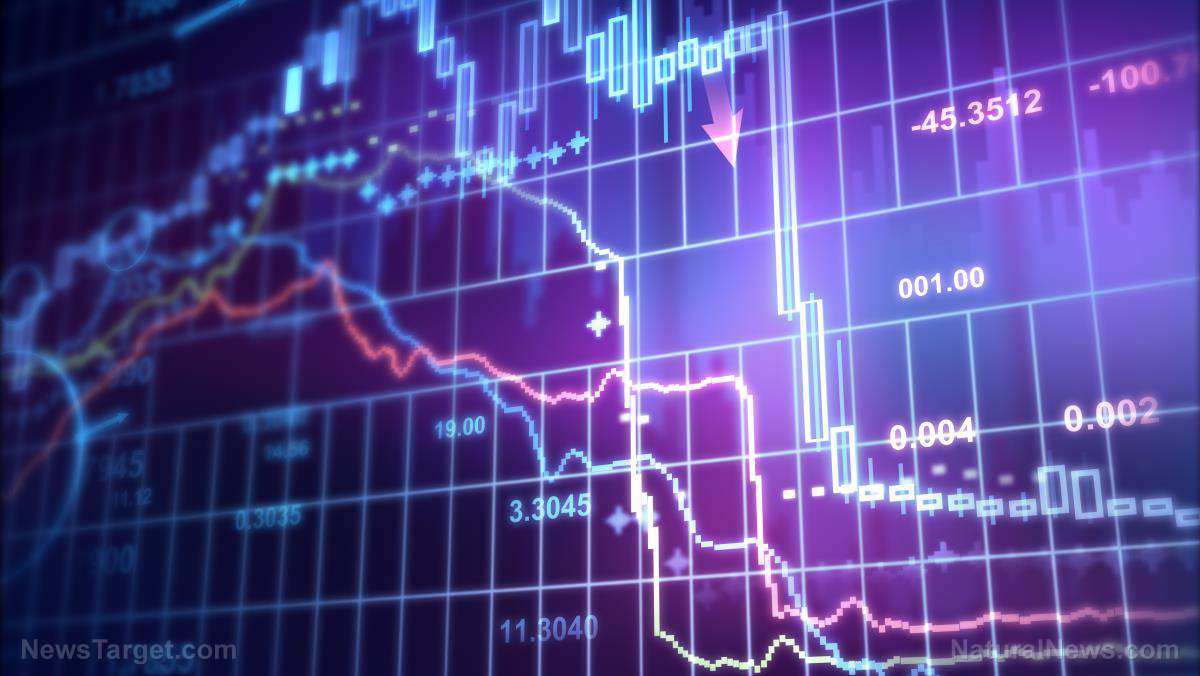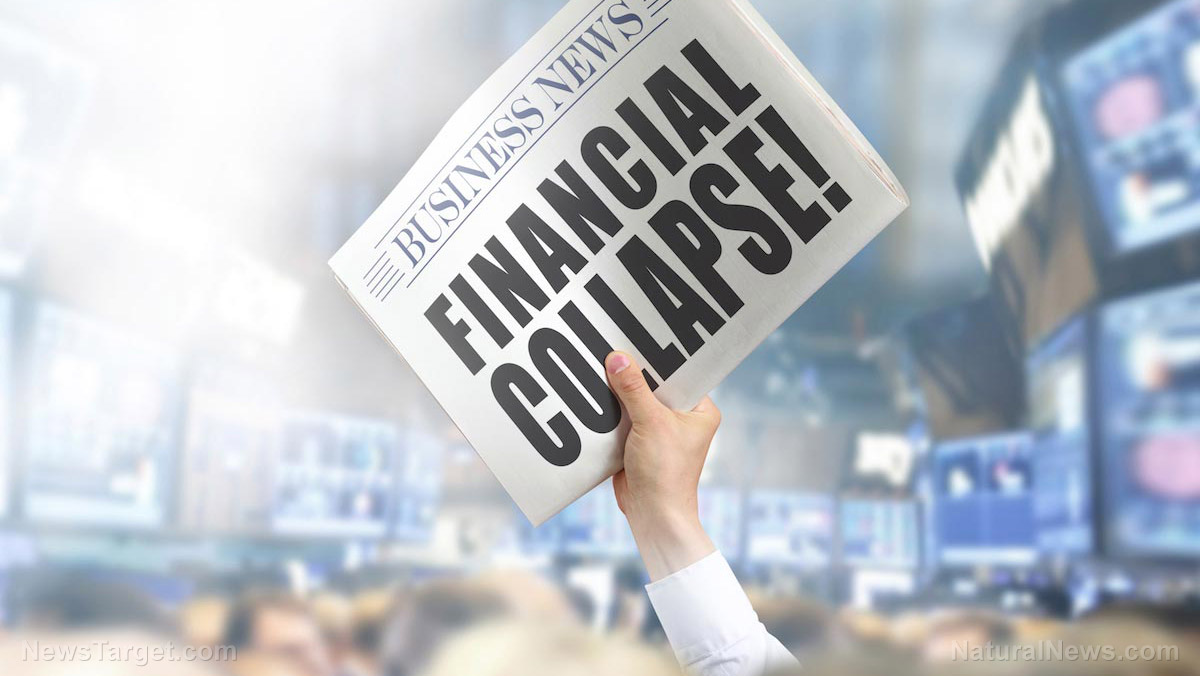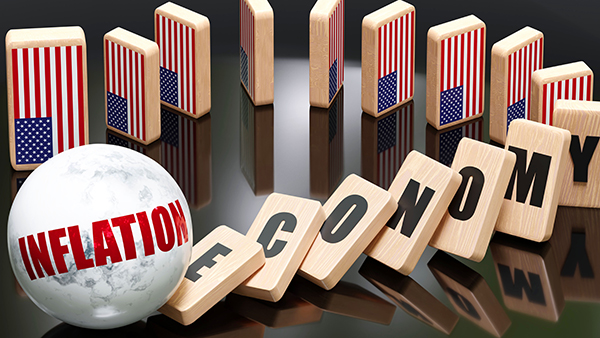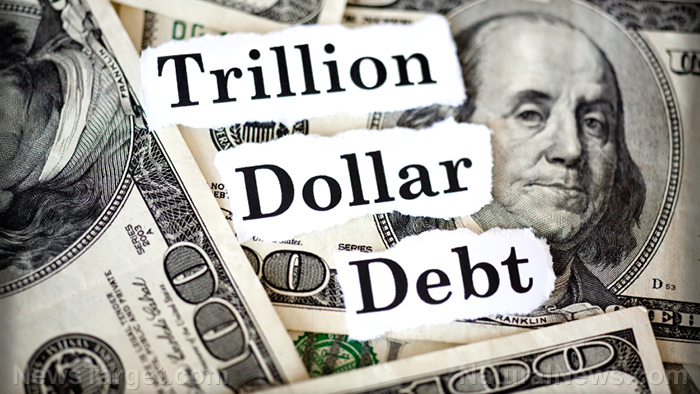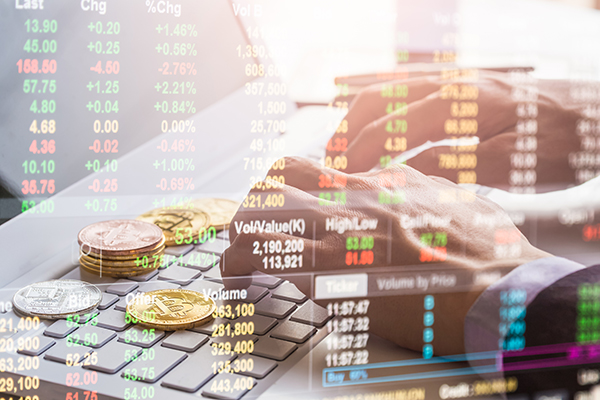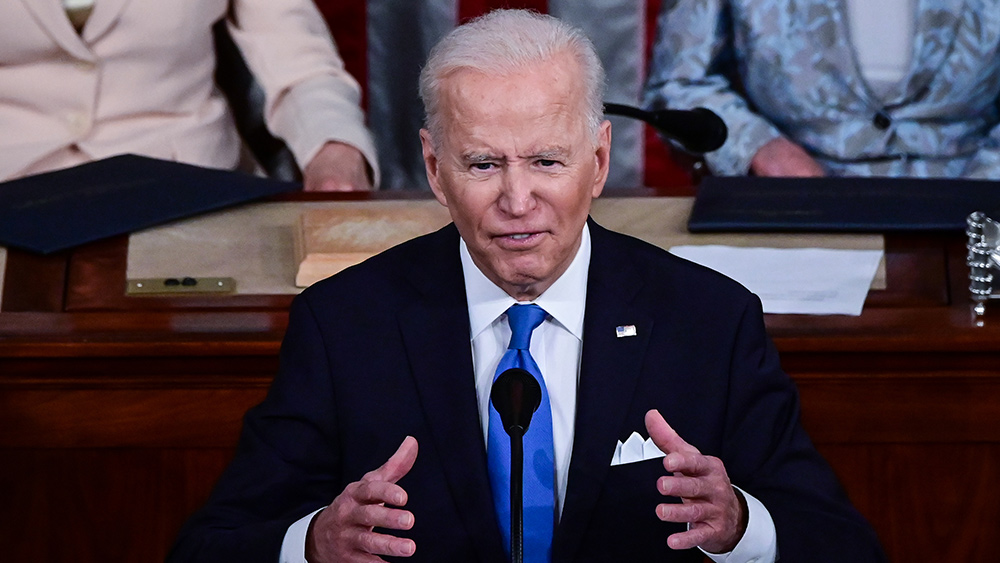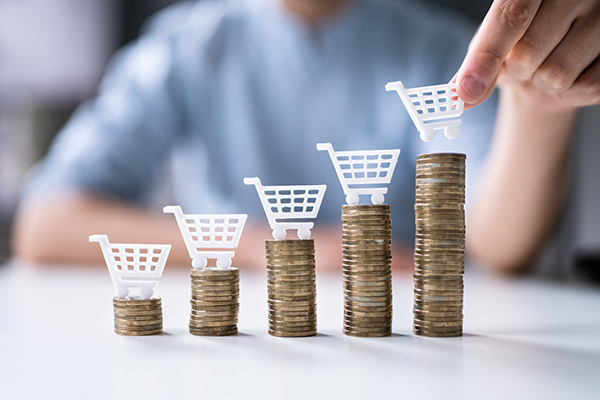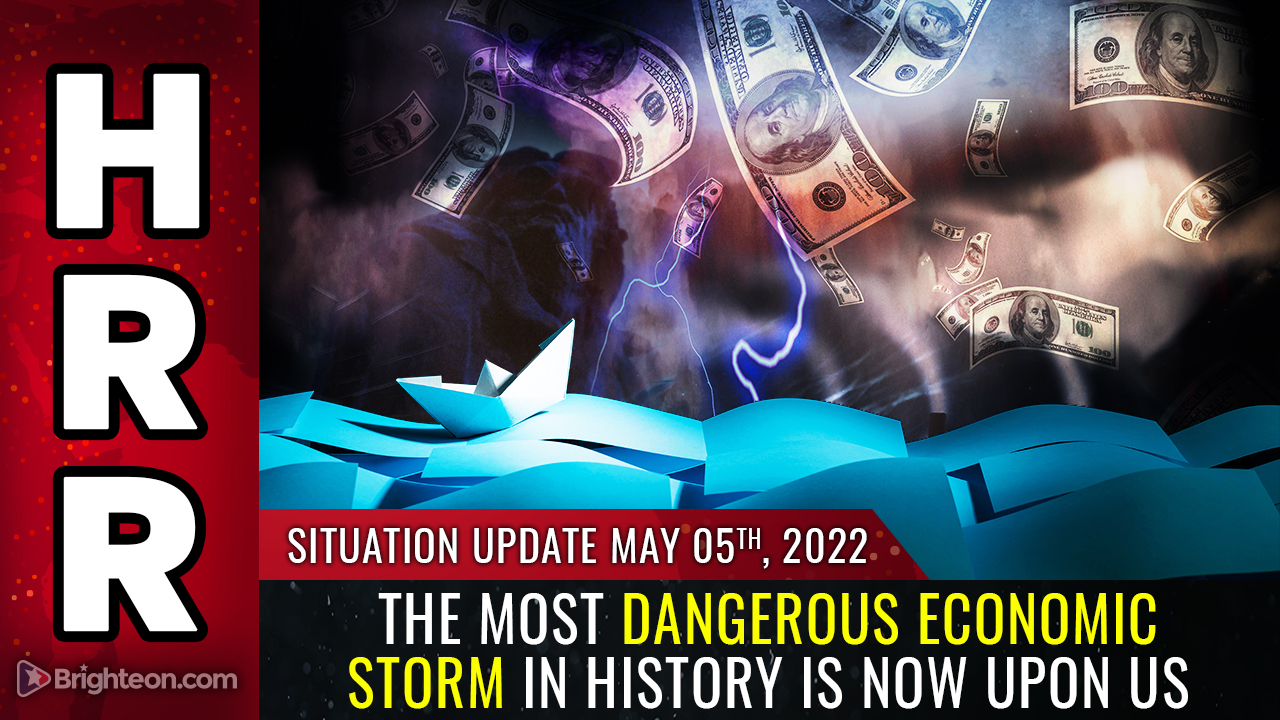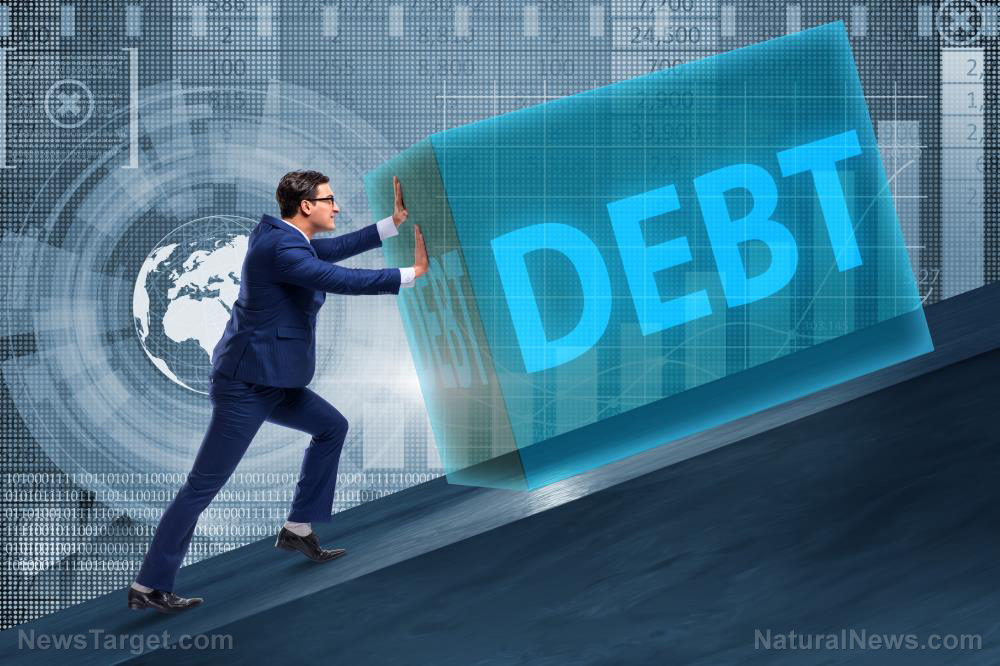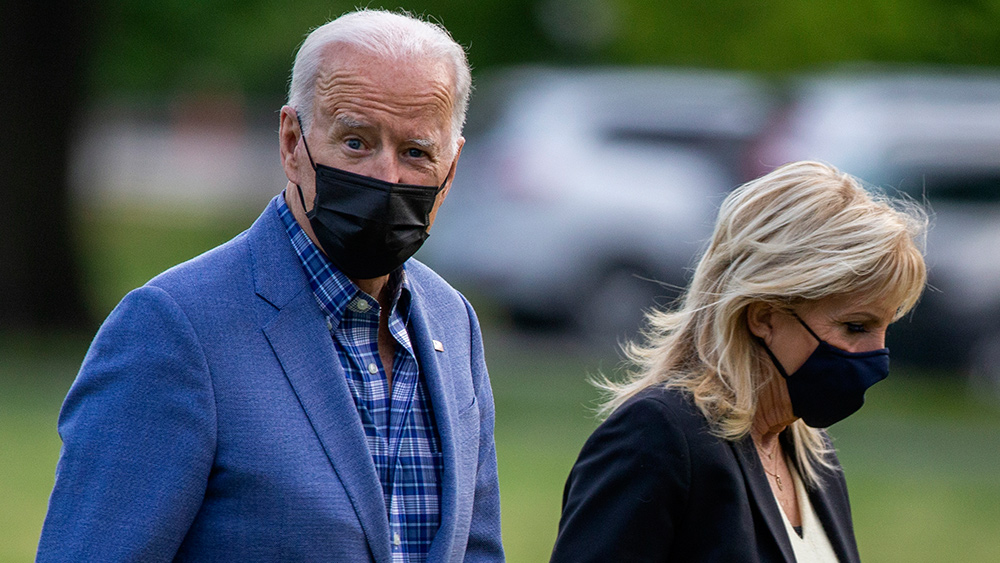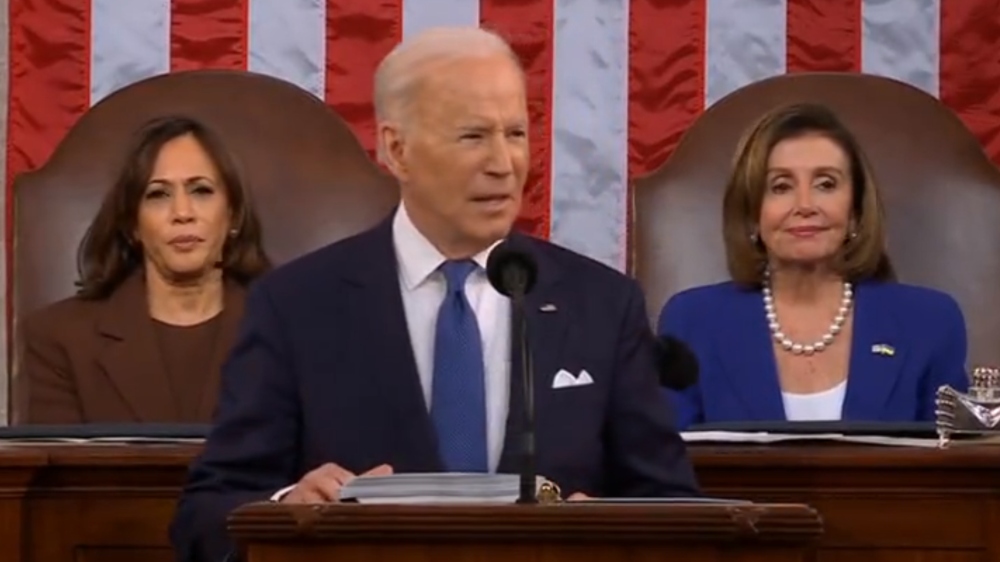Barclays research reveals that Americans are spending LESS on services
06/23/2022 / By Belle Carter
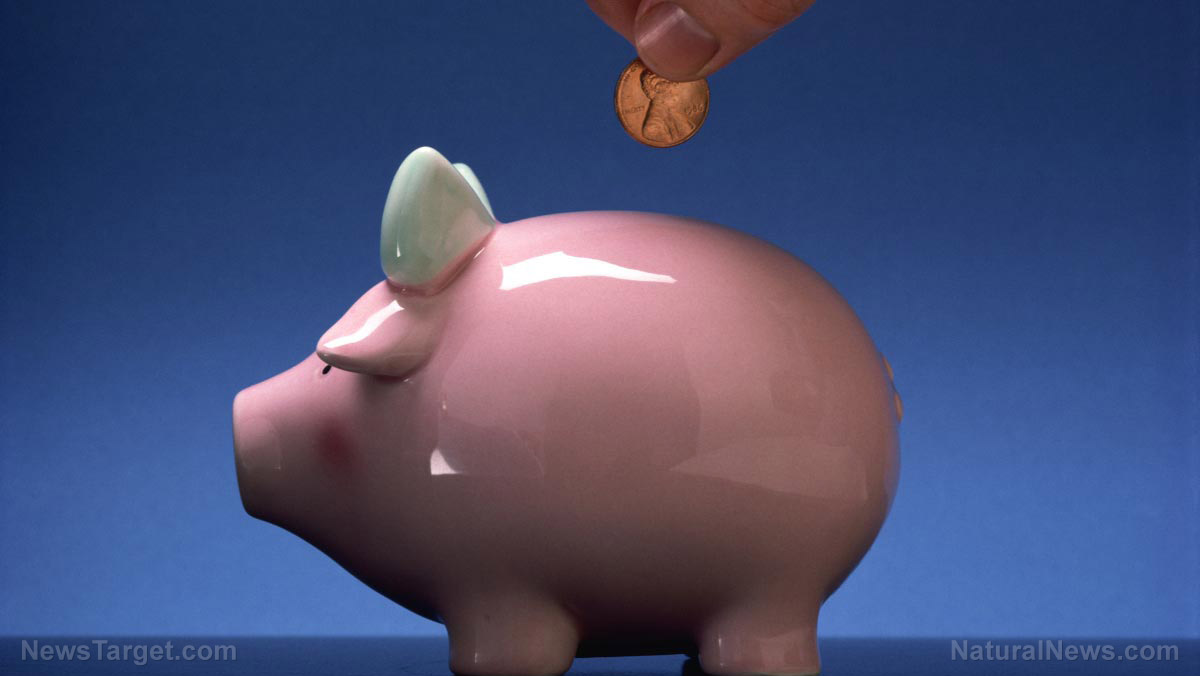
Data from the recent Barclays research revealed that more Americans are beginning to resist spending on services, such as eating at restaurants and booking flights and accommodations.
“All through 2022, the narrative has been that as [Wuhan coronavirus] COVID-19 faded, households would ramp up spending on services. This indeed has been true for much of this year,” Barclays analysts wrote in a note.
However, they added that both high- and low-income Americans have begun pulling back, particularly on services, in the past four to six weeks. Also, the slowdown in spending is now concentrated on services instead of goods.
The banking solutions research team showed in their study that spending on services like travel and restaurants, which was up by more than 30 percent from 2021 rates earlier this year, has now slowed to half that pace.
Adobe Analytics data indicated that flight bookings decreased 2.3 percent last month from April. Booking site Kayak also showed that flight searches were down by an average of 13 percent in June, compared with the same period in 2019, before the pandemic.
Meanwhile, restaurant dining figures from the reservation platform Open Table showed that the number of people eating at restaurants fell 11 percent in the week ending June 16, compared with the same week in 2019.
Aside from travel and dining plans, households have also held off also routine services like manicures, hair cuts and home-cleaning appointments over the past several weeks. Business owners around the country say rising prices, dwindling savings and concerns of a souring economy are taking a toll on household spending decisions.
Keith Troyer, who is a co-owner of Ohio housecleaning services company Olentangy Maids, said customers are either re-scheduling or canceling altogether home-cleaning appointments. Some are trying to negotiate lower prices, while others have stopped tipping altogether.
Ahmet Sim, owner of Salon Simis in Virginia, meanwhile remarked that customers who visited monthly have begun coming in every 12 weeks. Others have either resorted to bargaining for lower prices or opting for partial hair treatments.
Consumer spending makes up more than two-thirds of the U.S. economy and has held strong through April even with the all-time high inflation.
Markets and consumers fear that Fed can’t handle inflation
As inflation continues to shoot up to historic highs, the Federal Reserve hiked interest rates by three-fourths of a percentage point this week, hoping to cool the economy and curb the raise in prices without tipping it into recession. (Related: Frenzied hedge fund selling erupts right before Fed raises interest rates.)
“We, at the Fed, understand the hardship high inflation is causing. From the standpoint of our Congressional mandate to promote maximum employment and price stability, the current picture is plain to see: The labor market is extremely tight, and inflation is much too high,” Fed Chairman Jerome Powell said in a press conference following its Federal Open Market Committee (FOMC) meeting.
More hikes are coming as Powell stated that either a 50 or a 75 basis point increase will be decided on at the next FOMC meeting in July, amounting to a total increase of 2.00-2.25 percentage points this year.
According to the latest projections made by FOMC, the recent interest rate increase won’t be the end of it. Rate hikes could continue in 2023, with the median projection from committee members raised to 3.8 percent for the end of 2023, up from 2.8 percent in March.
Due to the steps taken by the Fed, businesses and households are more worried about the state of the economy and personal finances. In fact, according to an index by the University of Michigan, consumer sentiment spiraled down this month to its historic low despite the central bank’s assurances that it can pull off a “soft landing.”
Also, a poll by the Washington Post and George Mason University‘s Schar School of Policy and Government revealed that most Americans expect inflation to worsen. The people are adjusting their spending habits, a mindset that can make the surge in prices even worse.
Chris Rupkey, chief economist at the research firm FWDBonds, said that while the Fed “thinks they have the tools to rein in inflation, it has gone so far that now it is unclear if they have the tools to do that, short of raising interest rates to levels that send the economy over the cliff.
Visit Inflation.news for more news about the Fed’s interest rate hikes and how they affect the economy.
Watch former Trump administration advisor Peter Navarro talking about the future of the U.S. economy below.
This video is from the NewsClips channel on Brighteon.com.
More related stories:
Expert economist: High inflation could have been avoided if Federal Reserve acted earlier.
World Bank: The global economy is expected to slump this year.
Globalism, central bank money printing are the real root causes behind inflation and shortages.
Sources include:
Submit a correction >>
Tagged Under:
Barclays, big government, Collapse, consumer spending, Federal Reserve, FOMC, Inflation, interest rate, Jerome Powell, rate hikes, recession, research, restaurants, services, stagflation, travel
This article may contain statements that reflect the opinion of the author
RECENT NEWS & ARTICLES
COPYRIGHT © 2018 GOVERNMENTDEBT.NEWS
All content posted on this site is protected under Free Speech. GovernmentDebt.news is not responsible for content written by contributing authors. The information on this site is provided for educational and entertainment purposes only. It is not intended as a substitute for professional advice of any kind. GovernmentDebt.news assumes no responsibility for the use or misuse of this material. All trademarks, registered trademarks and service marks mentioned on this site are the property of their respective owners.

